Iceland, and especially its western part, is particularly well suited for a stay focused on bird watching. The birdlife is particularly rich and varied: Arctic terns, cormorants, puffins, penguins, guillemots of Troil and Brünnich will be there, among many other birds. Prepare binoculars and cameras!
Day 1: Reykjavík
Day 2: Whale Bay in Álftanes
Day 3: From Snaefellsnes to the Rif
Day 4: Flatey Island
Day 5: Látrabjarg Cliff
Day 6: Island to Eiders
Day 7: Vatnsnes Peninsula
Day 8: Þingvallavatn Lake and return to Reykjavík
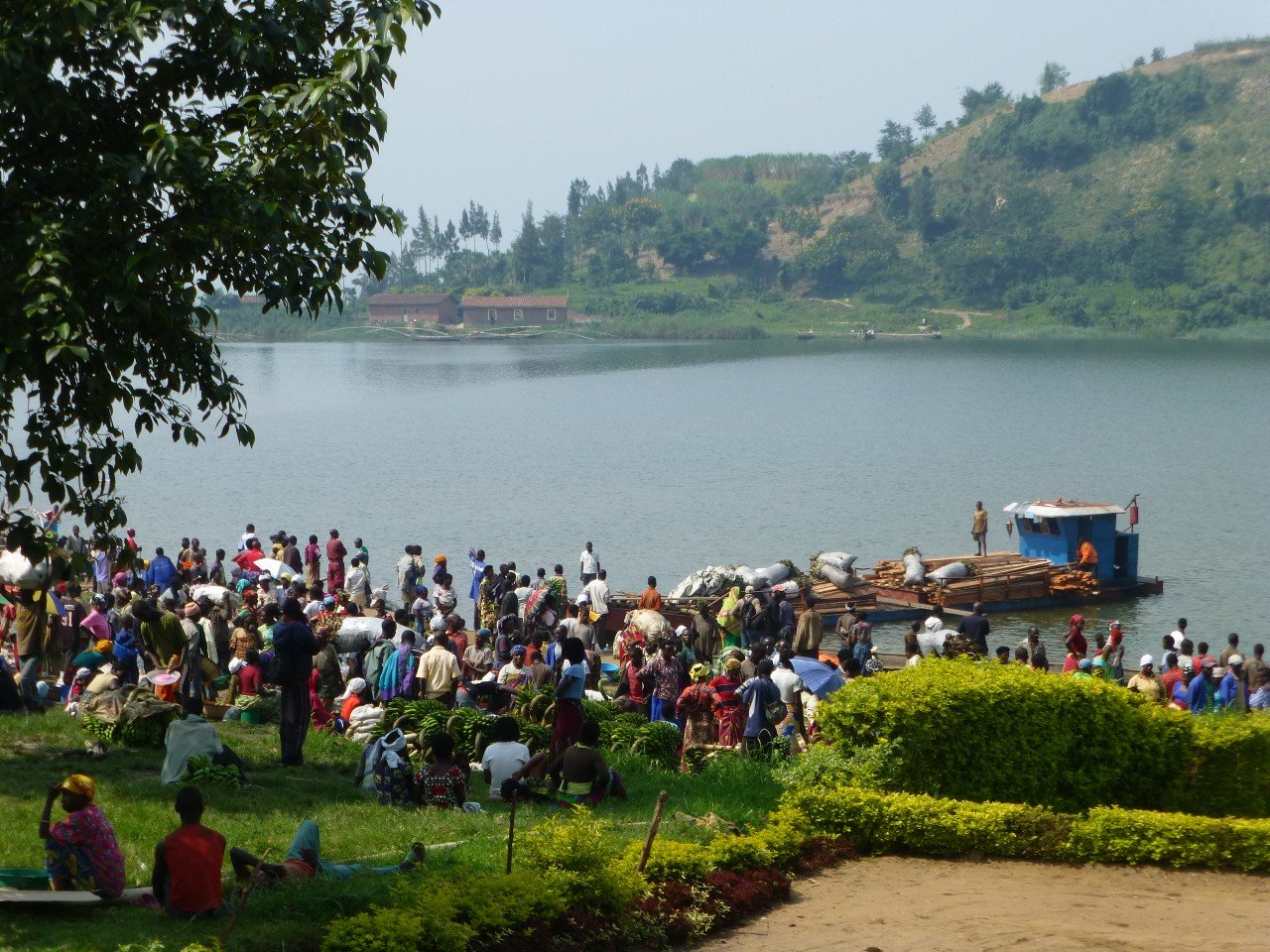 ©François JANNE DOTHEE
©François JANNE DOTHEE
The capital of Iceland, Reykjavík, has a very informative natural history museum and a lake with about 20 bird species in the summer. Night in Reykjavík.
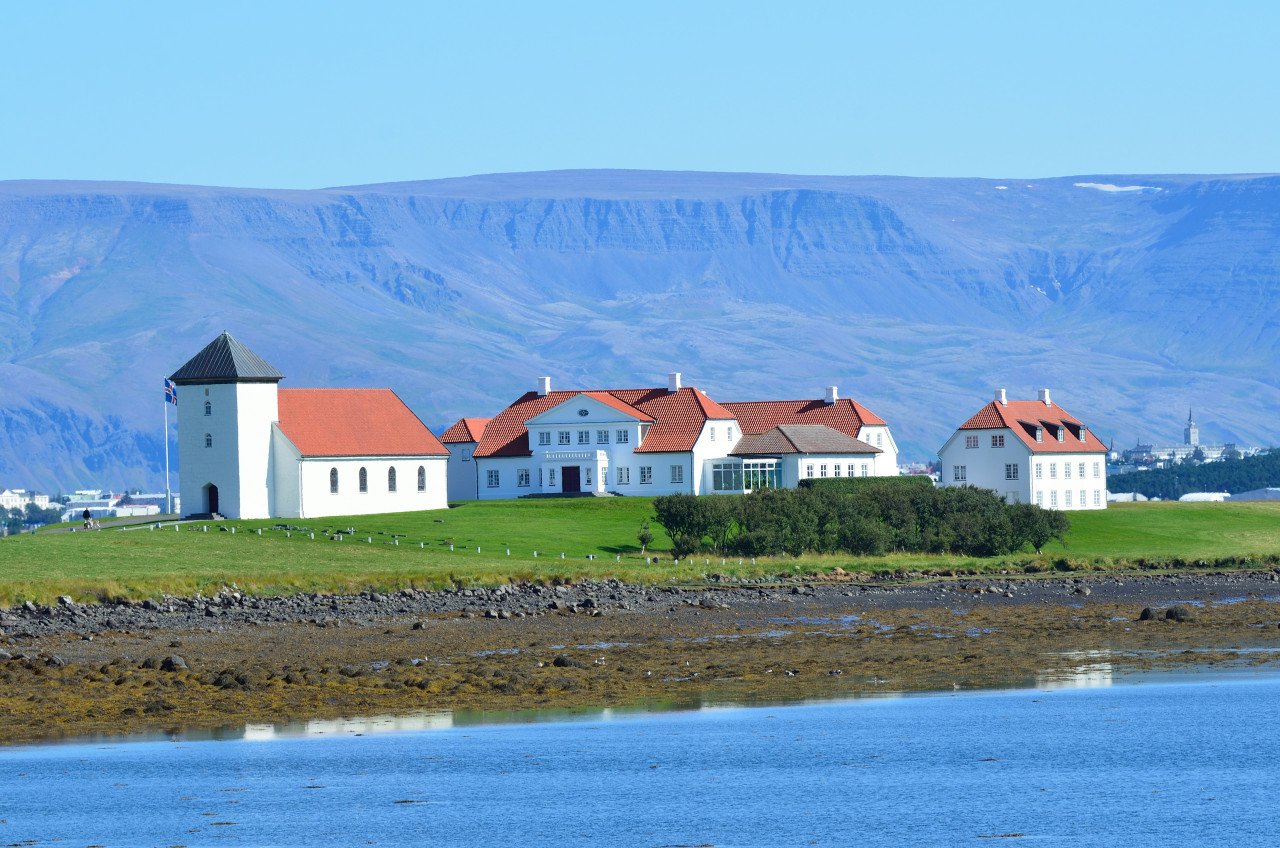 ©Ovchinnikova Irina - Shutterstock.com
©Ovchinnikova Irina - Shutterstock.com
The whale bay, Hvalfjörður, is a wonderful discovery place for bird lovers, but also for those interested in the whale-clearing station. The day continues in Álftanes, in the Mýrar region, where 27 breeding species are located and more than 40 gatherings to be observed. Night in Borgarnes.
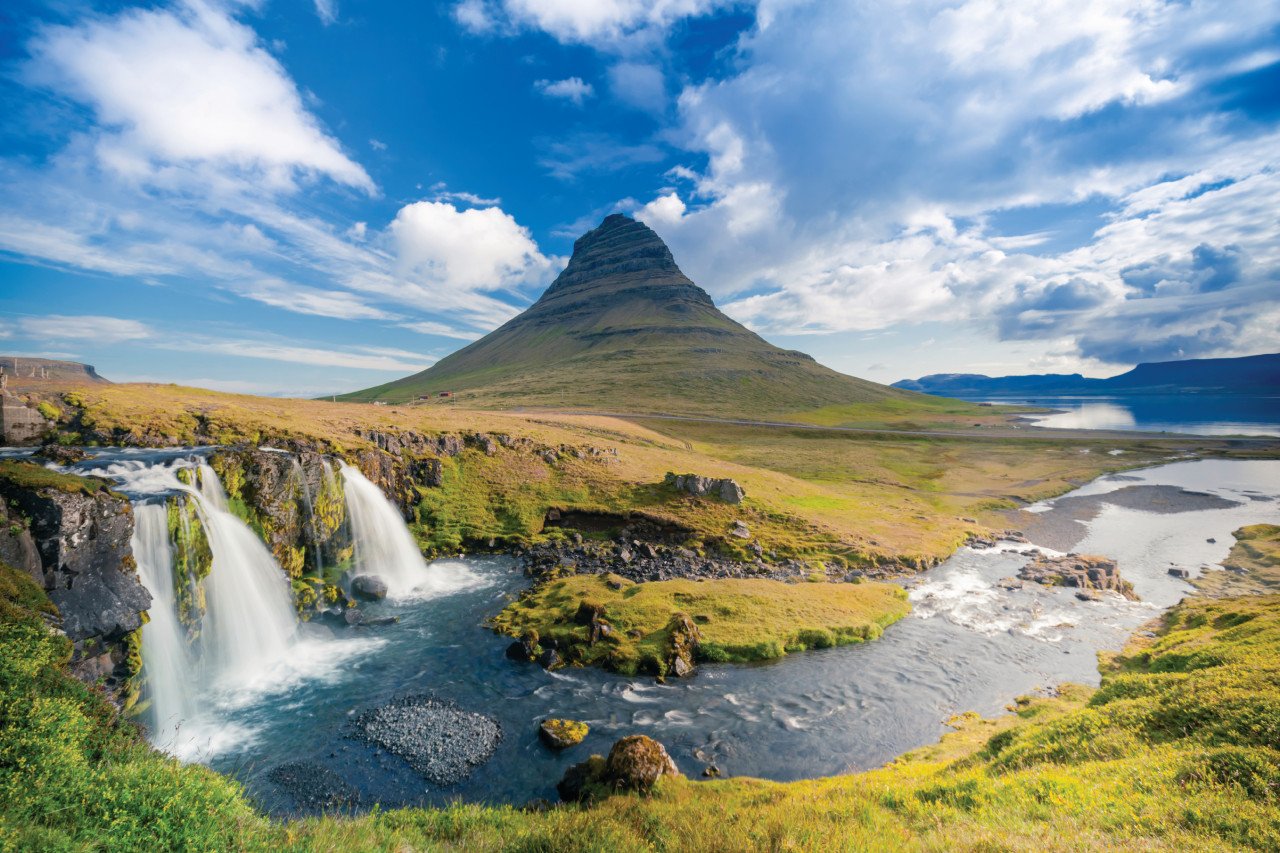 ©Dieter Meyrl - iStockphoto
©Dieter Meyrl - iStockphoto
On the southern part of the Snaefellsnes peninsula there are nests of tridactyl gulls, particularly in Arnarstapi. To the north, near Rif, a large colony of arctic terns attracts many tourists. Between these two points of view, the Snaefellsjökull glacier will reveal all its secrets during a "Journey to the center of the Earth". Night at Stykkishólmur.
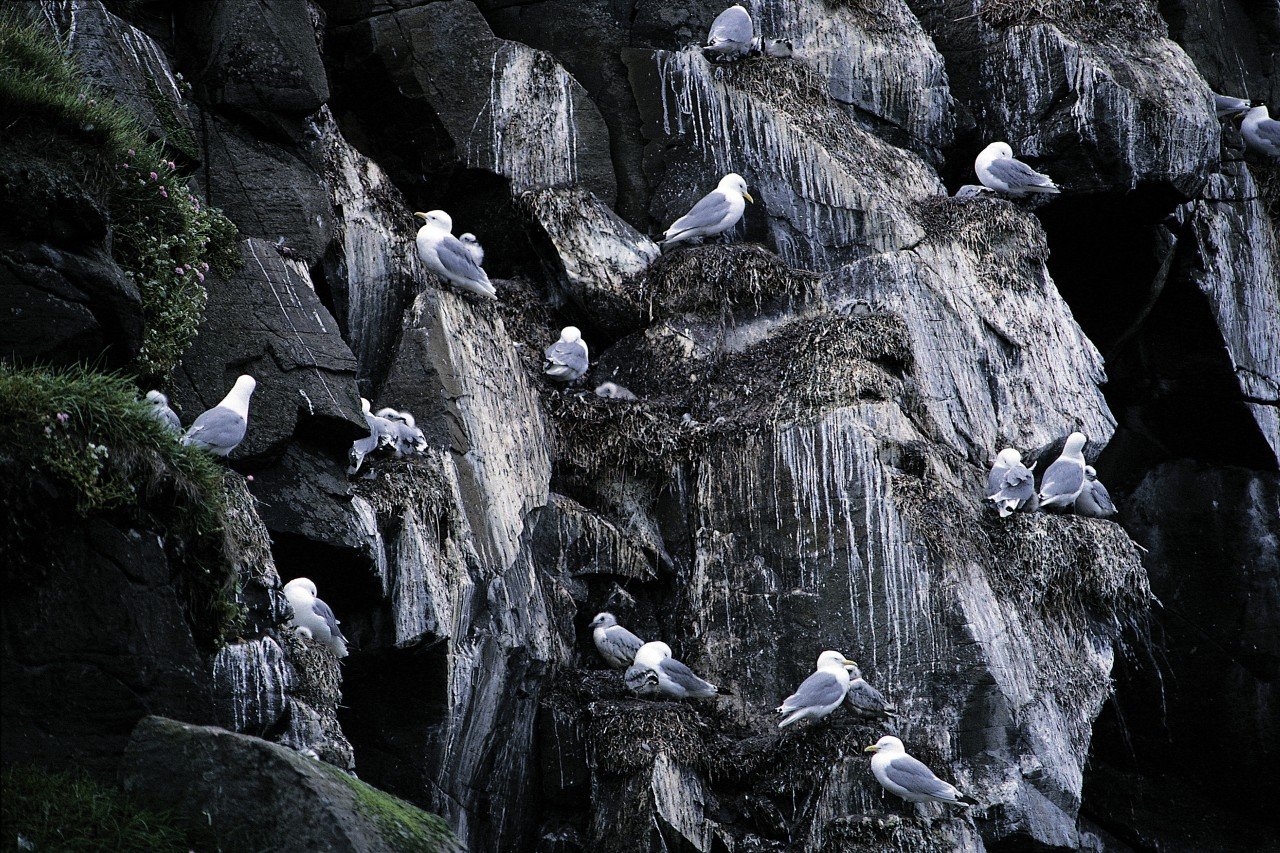 ©Thierry Lauzun - Iconotec
©Thierry Lauzun - Iconotec
From Stykkishólmur you can take a boat to the island of Flatey and visit some of the islands of Breiðafjörður Bay. Cormorants, monks and murres are hundreds of them. A car ferry starts from Flatey to join Brjánslaekur in the Vatnsfjörður. Night at Patreksfjörður.
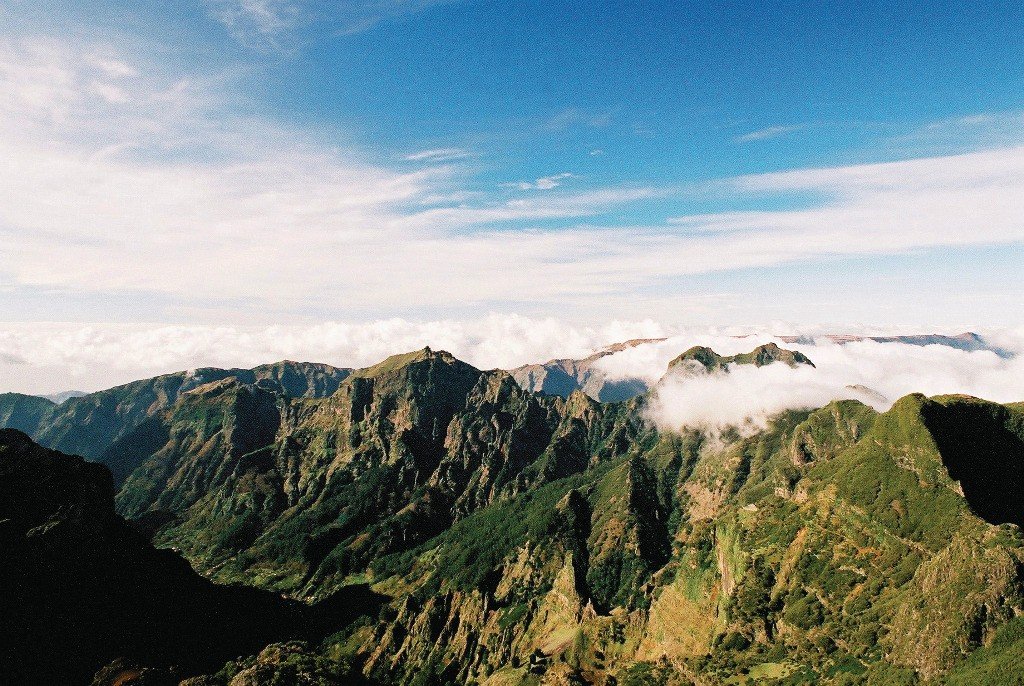 ©Agence de Promotion de Madère
©Agence de Promotion de Madère
Iceland is also characterized by its high cliffs. One of them extends over 20 km and sometimes reaches more than 300 m in height, Látrabjarg. The road to get there is relatively difficult, but then reveals an impressive number of birds, such as puffins, guillemots of Troil and Brünnich, or penguins. Night in Isafjörður.
From Isafjörður, a car ferry takes the destination of aeðey, also nicknamed the island to the eiders. A large number of birds have chosen this island to spawn, and caresser some of them do not frighten them. This particularity stems from the fact that these animals have never suffered the revers of hunting on the ground and thus do not feel the prey of man. Night in Reykjanes after resuming a boat. In the surrounding area, seals often devour themselves on the banks.
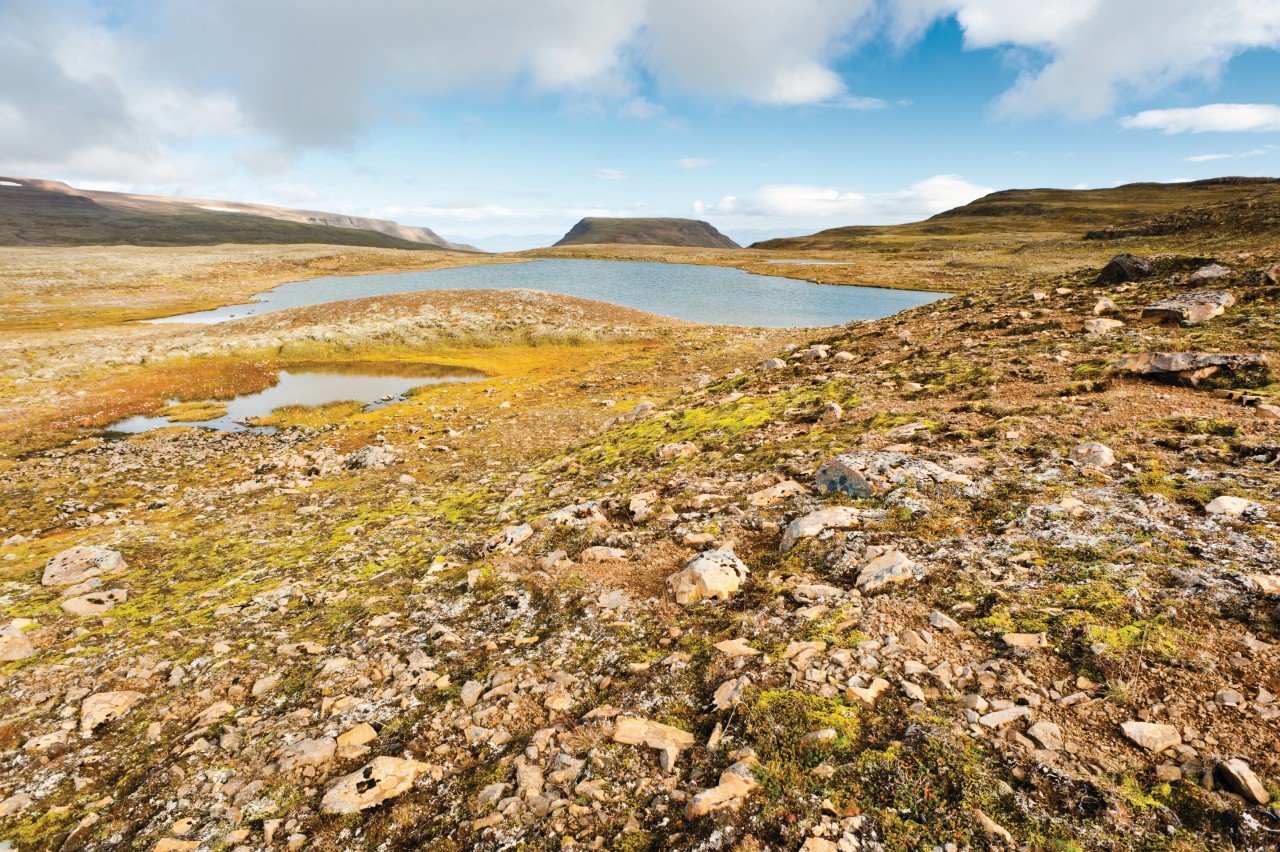 ©iStockphoto.com/subtik
©iStockphoto.com/subtik
Several hundred kilometers drive to the Vatnsnes Peninsula. Starting early on a summer morning, a first passage is carried out by the fortified Borgarviki hills followed by a stop at the Hvítserkur rock, which is filled with sea volatiles. Once the tower of the peninsula has been completed, a rest night in Borgarnes is a very popular moment in view of the day's enduring mileage.
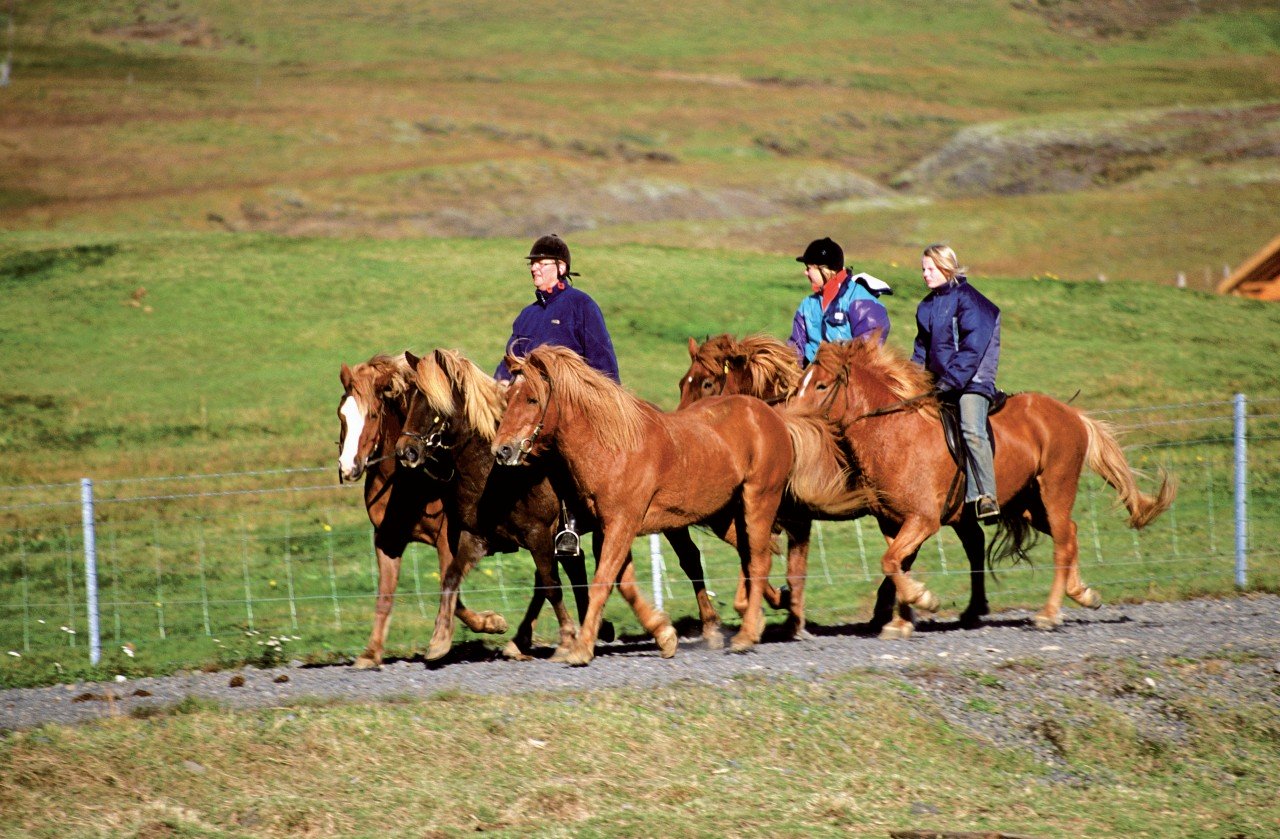 ©Author's Image
©Author's Image
Although Þingvallavatn Lake in Þingvellir National Park cannot rely on a population of birds as varied as that of Lake Mývatn, it remains of great interest. After observing the famous geyser Strokkur in the Geysir area and the majestic Gullfoss Falls, return to Reykjavík to enjoy the last moments of relaxation.




Each Travel Idea is customizable according to your wishes

